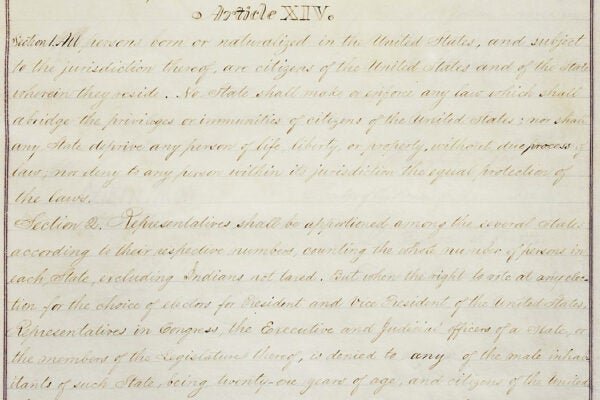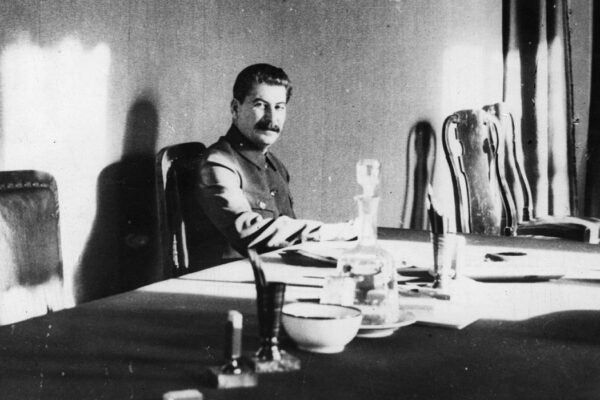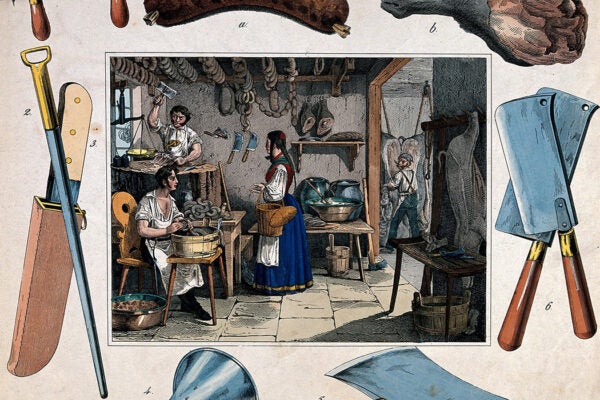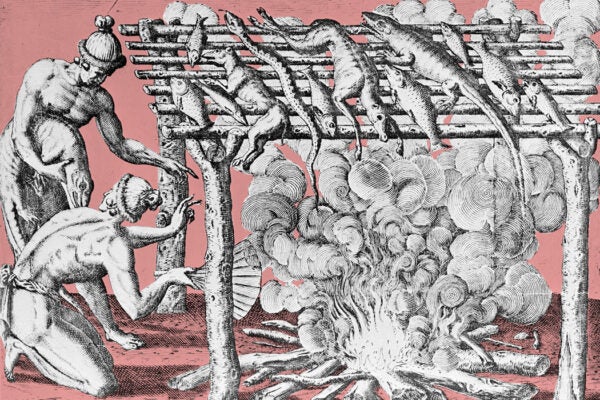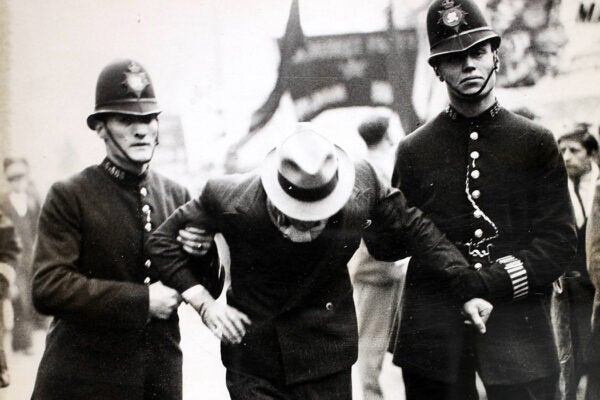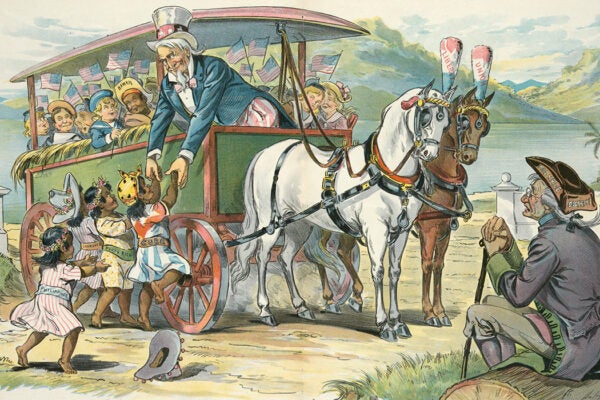The Fourteenth Amendment: Annotated
Adopted in 1868, the Fourteenth Amendment to the US Constitution addresses citizenship rights, due process, and equal protection under the law.
Getting Pickled With Joseph Stalin
The Soviet dictator was notorious for hosting drinking parties where vodka loosened the inhibitions of associates and got them to reveal their secrets.
The Climate Canvasses of the Little Ice Age
Low Country artists of the late Renaissance and Early Baroque eras captured the happiness and hardships of snowy winters—an ever rarer phenomenon now.
What Skulls Told Us
The pseudoscience phrenology swept the popular imagination, and its practitioners made a mint preying on prejudices, gullibility, and misinformation.
Sport in America: A Reading List
Covering the colonial era to the present, this annotated bibliography demonstrates the topical and methodological diversity of sport studies in the United States.
Meat and the Free Market
Significant political changes in three major global cities fueled experimentation with laissez-faire economics, which had peculiar effects on the meat market.
Spanish Colonists were Desperate for European Food
Spanish colonists in the Americas were terrified that their essential humors would change if they ate local food.
Policing Radicals: Britain vs. the United States
British policing of Communism before and into the Cold War has often been compared favorably with America’s witch-hunt hysteria. But was it really better?
Annexation Nation
Since 1823, when the Monroe Doctrine was first introduced to the world, the US has regarded Cuba as key to its designs for Latin America.
The Sonic Triumph of American Graffiti
In 1973, George Lucas joined forces with sound designer Walter Murch to celebrate a bygone era. They ended up revolutionizing the role music plays in film.
